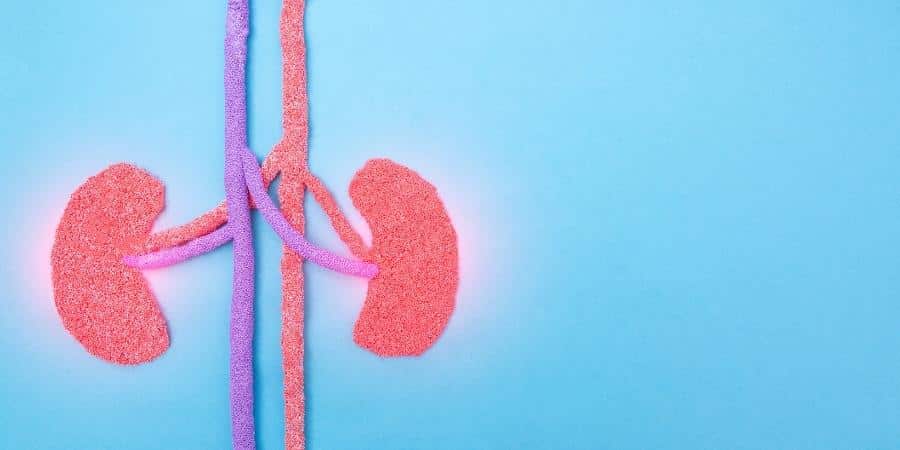Professor Benjamin Dekel, Head of Pediatric Nephrology and the Pediatric Stem Cell Research Institute at the Edmond and Lily Safra Children’s Hospital of Sheba Medical Center, led the revolutionary study published recently in the renowned journal Cell Reports. In the past, researchers have demonstrated the process of kidney regeneration – how the adult kidney can renew itself constantly over time. The process occurs via the activity of cell colonies that replace lost and degenerated renal cells.
Now, Prof. Dekel and his team have developed an innovative technology to enable healthy kidney cells to be extracted from diseased kidneys. These cells are then multiplied in a laboratory until they reach large numbers. Then, “kidney spheres” (3D cultures) are generated, which display an improved function to produce new kidney tissue and replace lost cells. The new cells are delivered into the damaged kidney, where they are able to rebuild healthy renal tissue and positively affect neighboring cells, enhancing overall function.
The kidney rejuvenation technology relies on using the patient’s own cells, thereby bypassing any problems that could arise with immune rejection.
Until now, the investigation was carried out in mice. Once the cells were administered into the host kidneys of the mice, they were retained for a long period. As a result, renal function in treated mice improved significantly.
The goal of this treatment is to improve and stabilize renal function for the millions of patients who do not yet require dialysis treatment. “KidneyCure Bio,” which commercialized this technology, is continuing the study of this research in clinical trials in patients with renal failure, further studying kidney regeneration and bringing the patients one step closer to the end of dialysis.
According to Prof. Dekel, the most revolutionary aspect of this technology, which was developed at Sheba Medical Center, is in the fact that the cells responsible for kidney regeneration were both maintained outside the body and multiplied to generate a large number of cells that work properly, by using the 3D cultures.
“This is important news for patients with chronic kidney disease, who could hopefully benefit from these discoveries in following years,” said Prof. Dekel. “The ability to generate new kidney tissue that can replace the damaged tissue might help millions of patients worldwide who suffer from kidney disease.”
Prof. Dekel’s research team included senior researchers Dr. Orit Harari-Steinberg, Dr. Dorit Omer, and Ms. Yehudit Gnatek, from the Pediatric Stem Cell Research Institute at Sheba. The study was conducted in collaboration with Dr. Zohar Dotan, Head of the Uro-Oncology Service at Sheba, Dr. Tomer Kalisky and colleagues at Bar Ilan University, and Prof. Yaron Fuchs and colleagues at the Technion.




